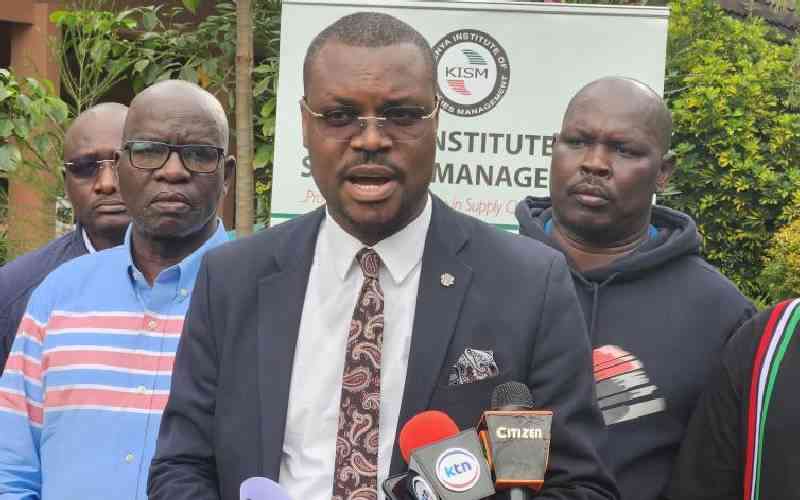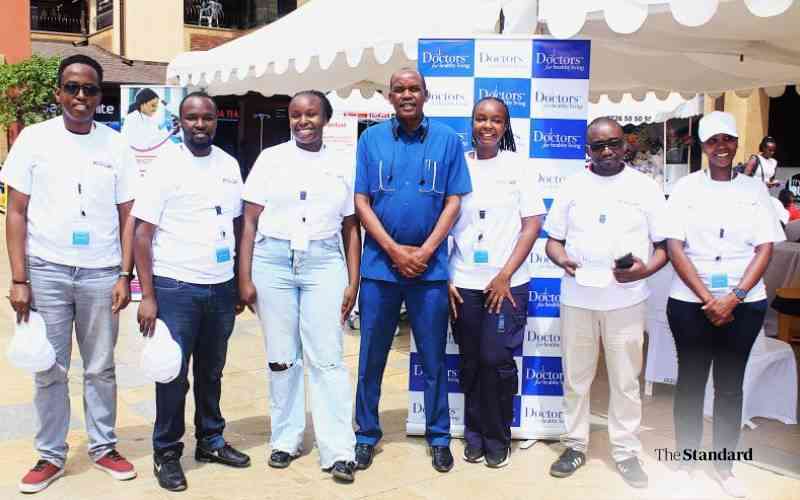By Dr Monda Ang’awa
Maria is a 35-year-old attractive woman. However, she is self conscious about the appearance of her legs and covers them up by wearing long skirts and trousers. A doctor recently told her she suffers from varicose veins and she is now evaluating treatment options.
Varicose veins are elongated, twisted veins with faulty valves. They are unsightly, uncomfortable, bulge, throb and feel heavy. The affected legs and feet can swell and the skin may itch. Varicose veins are most often seen in the back of the calves or the inside of the legs between the groin and the ankle.
For many people, like Maria, varicose veins are simply a cosmetic concern while for others they are a source of aching pain and discomfort.
Varicose veins may be a sign of other disorders of the circulatory system.
Women more prone
Women are twice as likely as men to develop the condition. Age also is important — varicose veins usually appear after age 30 and get progressively worse. Being in the same position for hours exposes you to the condition.
If other family members had varicose veins, there is a greater chance you will, too. Being overweight puts added pressure on your veins.
The main cause of varicose veins is malfunctioning of the valves of the veins.
While arteries carry blood from your heart to all the other parts of your body, your veins return this blood to your heart for reoxygenation.
Work against gravity
To return blood from your legs back to your heart, the veins in your legs must work against gravity and this is accomplished by the muscle contractions in your lower legs.
These muscles act as pumps or an ‘artificial heart’ to push the blood up through your legs towards the heart and are assisted by the toned, elastic walls of the veins and their small one-way valves which open as blood flows toward your heart and close to stop blood from flowing backward.
Problems arise when these valves malfunction.
Symptoms of varicose veins include enlarged veins readily seen under the skin of your legs, brownish-grey discolouration on your ankle, an achy or heavy feeling in your legs with burning, throbbing, muscle cramping and swelling made worse by prolonged sitting or standing, itching around one of your veins or skin ulcers near your ankle.
Stay informed. Subscribe to our newsletter
Your legs may swell. Any sudden leg swelling with or without pain and redness may indicate a blood clot and needs urgent medical attention because if part of this clot breaks off, it can travel to the chest and cause death. A varicose vein can also bleed heavily if injured.
A doctor uses an x-ray of the vein or a special ultrasound to confirm the diagnosis of varicose veins and the extent of the problem.
Your doctor may then prescribe certain drugs that improve the integrity of the wall of the veins or, if severe, sclerotherapy where the doctor injects the varicose veins with a corrosive solution that forces them to close and up your blood to reroute to healthier veins. The veins may also be stripped or removed through small incisions in the skin.
— drbrigidmonda@gmail.com
 The Standard Group Plc is a
multi-media organization with investments in media platforms spanning newspaper
print operations, television, radio broadcasting, digital and online services. The
Standard Group is recognized as a leading multi-media house in Kenya with a key
influence in matters of national and international interest.
The Standard Group Plc is a
multi-media organization with investments in media platforms spanning newspaper
print operations, television, radio broadcasting, digital and online services. The
Standard Group is recognized as a leading multi-media house in Kenya with a key
influence in matters of national and international interest.
 The Standard Group Plc is a
multi-media organization with investments in media platforms spanning newspaper
print operations, television, radio broadcasting, digital and online services. The
Standard Group is recognized as a leading multi-media house in Kenya with a key
influence in matters of national and international interest.
The Standard Group Plc is a
multi-media organization with investments in media platforms spanning newspaper
print operations, television, radio broadcasting, digital and online services. The
Standard Group is recognized as a leading multi-media house in Kenya with a key
influence in matters of national and international interest.





